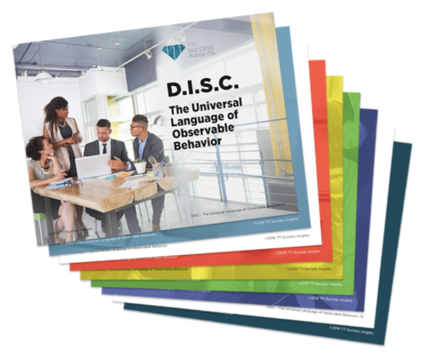 In order to engage in productive conflict, you must shift from your default approach to productive motives.There are 3 Default Approaches people typically take into Conflict Conversations – blow up, amp up, or clam up. What underlies these Default Approaches are often unconscious and automatic faulty motives. These in turn can negatively impact both the situation and others. By examining and understanding your default approach, you can make the conscious decision to shift to productive motives.
In order to engage in productive conflict, you must shift from your default approach to productive motives.There are 3 Default Approaches people typically take into Conflict Conversations – blow up, amp up, or clam up. What underlies these Default Approaches are often unconscious and automatic faulty motives. These in turn can negatively impact both the situation and others. By examining and understanding your default approach, you can make the conscious decision to shift to productive motives.
Consciously shifting to productive motives is easier said than done. But the key to mastering these situations is to (1) recognize and take ownership of your default approach and (2) consciously engage in productive conflict through productive motives.
Recognize and Take Ownership of Your Default Approach
To better understand the negative impact of faulty motives, let’s examine each default approach.
| When we become more aggressive and blow up, our faulty motive may be to win or be right or prove the other person wrong. |
| IMPACT: The situation typically gets worse and is most damaging to the other person (although it could also damage the reputation of the person blowing up). |
| When we gossip about others or amp up, the situation expands to include the people we reel in. Our faulty motive may be to vent our frustrations, gain agreement, and make others look bad. |
| IMPACT: This has a tendency to damage everyone involved; the reputation of the person being talked about, the people being talked to now become skeptical, and the person amping up as others are thinking “what are they saying about me”. |
| When we shut down and clam up, our faulty motive may be to avoid confrontation or being vulnerable, and to not rock the boat. |
| IMPACT: This generally leaves the situation unchanged because no one knows there is a problem and the person clamming up is the one that is suffering the most (quietly of course). |
As seen in each of these cases, when you are in your default approach, your motives are often faulty and a good outcome is rare. Once you are able to recognize your default approach, you can then take ownership of it and recognize that you are in control of your own motives. The next step is to consciously shift to productive motives.
Shift to Productive Motives
It can be difficult to figure out where to start when shifting to productive motives. By practicing focusing on these three things, you can begin this shift:
- Have the other person’s best interest in mind
- Listen fully to understand their perspective
- Create a win-win solution that serves both parties
So does this mean you should never blow up, amp up, or clam up? No, not exactly. It’s your underlying motives that will determine if there will be a productive outcome! It is just fine to …
- Have a lively debate (blow up) when your motive is to come up with the best solution that serves all parties in a respectful manner
- Discuss the situation with others (amp up) when your motive is to get advice or coaching before having the productive conversation, vs. gossiping or lobbying
- Not engage in the conversation (clam up) when your motive is to take some time to process the situation and get yourself in a reasonable frame of mind before having the conversation
Engaging in Productive Conflict is all about shifting to productive motives in order to foster the willingness to have difficult conversations. By recognizing your default approach, understanding the impact of faulty motives, and consciously shifting to productive motives, you can have productive conflict conversations (and positive outcomes). It will help give you the courage and tools to engage in conflict conversations in a way that is respectful, candid, and productive!






